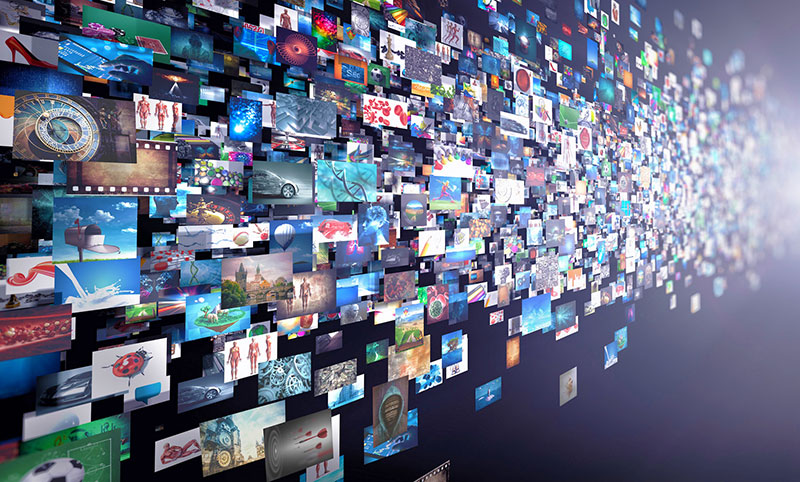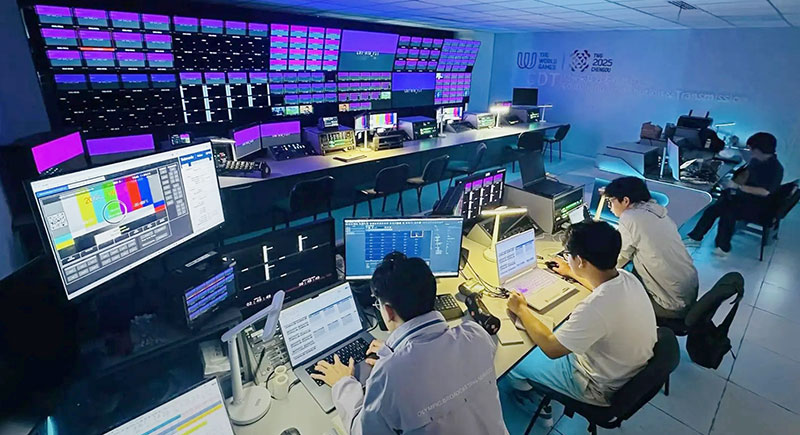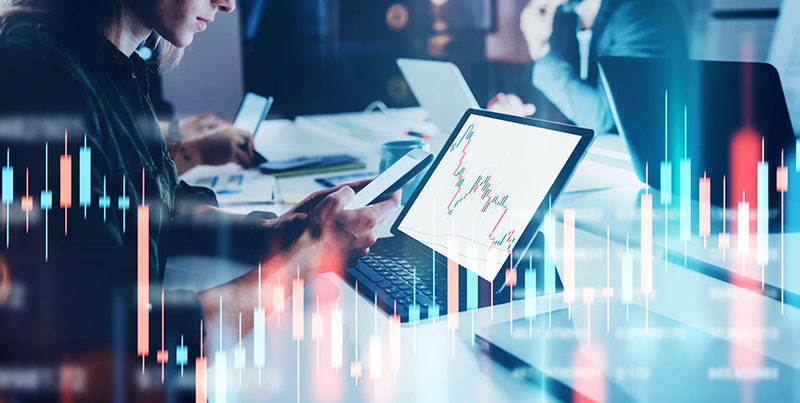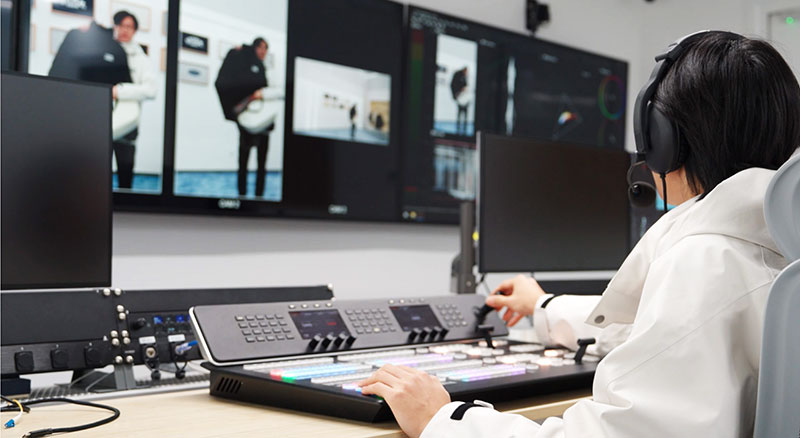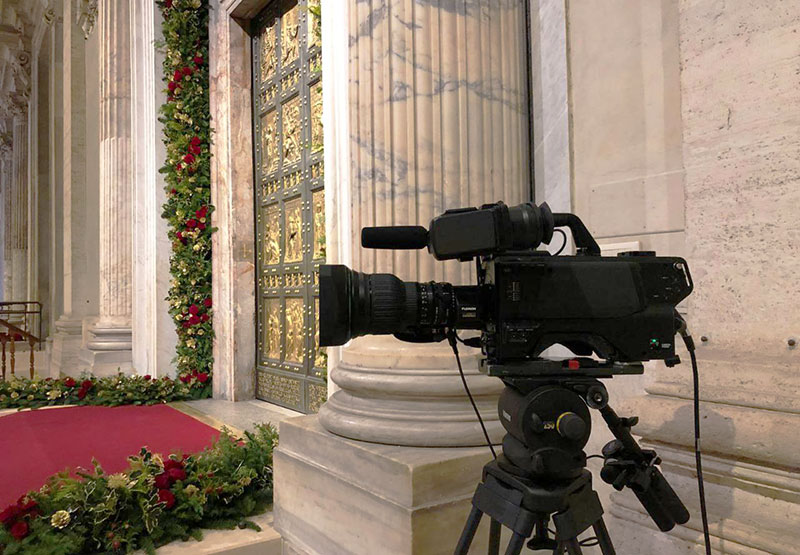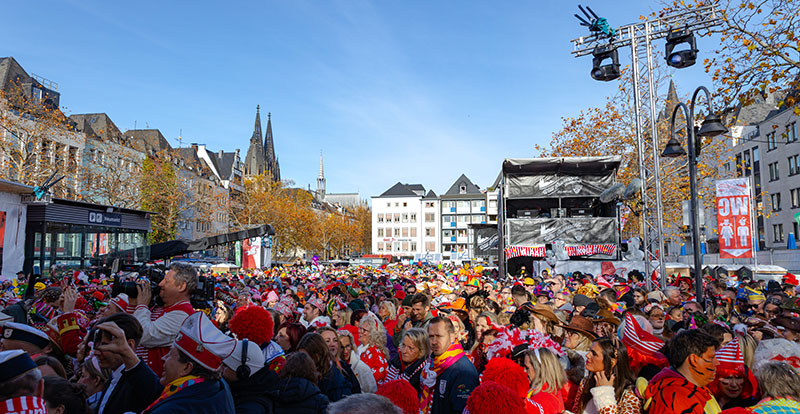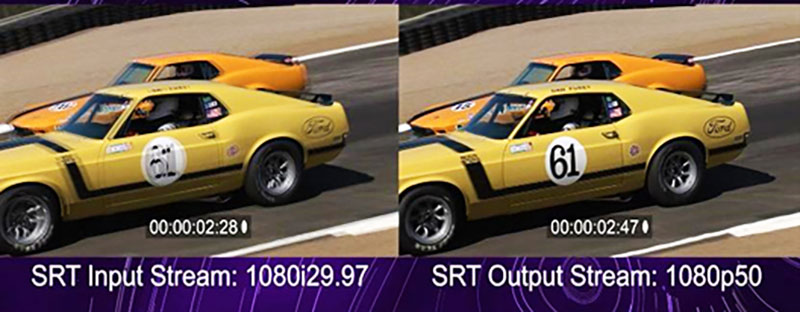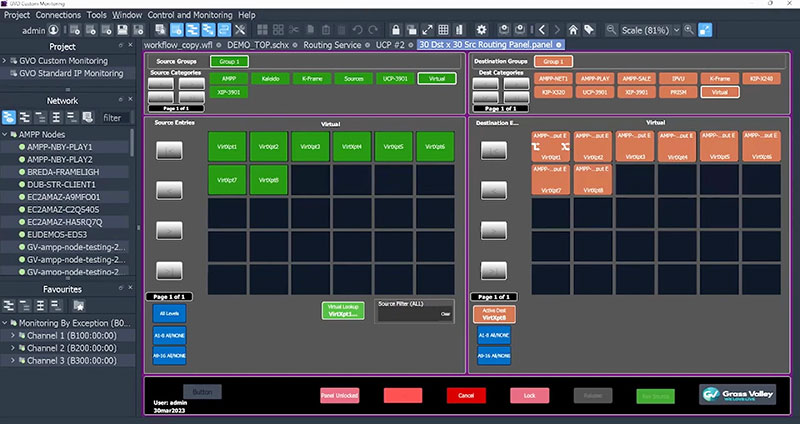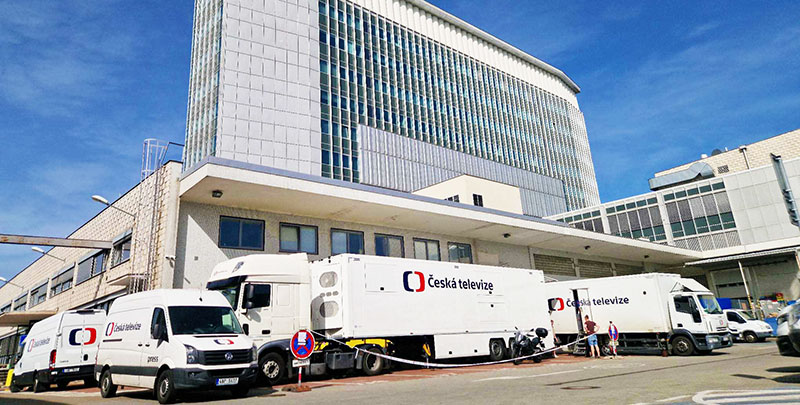Nevion adds new encoding options to its Virtuoso media node with a low latency HEVC option, useful in low bandwidth contribution, remote production and ground-cloud applications.

Nevion has increased video encoding choice in its Virtuoso software-defined media node by adding an option for low latency H.265/HEVC. The new media function performs low bitrate and low latency encoding and decoding without compromising video quality, and is expected to be useful for bandwidth-constrained contribution, remote production and GCCG (ground-to-cloud-cloud-to-ground) applications.
Nevion Virtuoso is a core component of the Sony Networked Live system, and is now in wide use worldwide to transport, process and monitor signals in real-time. With SMPTE ST 2110 adaptation and media processing functions, Virtuoso has become a component of many IP-based production facilities. It is also used to cover most types of mainstream events, including global sports tournaments, competitions and games.
Virtuoso currently supports a variety of high-quality codecs for video transport, including JPEG XS, JPEG 2000 and TICO. This H.265/HEVC extension to Virtuoso’s video compression functionality carries out low bit rate encoding and decoding that both preserves picture quality and lowers end-to-end system latency. In effect, it better prepares Virtuoso to cover situations where bandwidth is limited and production quality cannot be compromised.

High H.265/HEVC Channel Density in a 1RU Chassis
The new H.265/HEVC option is integrated into a new Low-Bit Rate (LBR) media accelerator card. Several media accelerators can be housed in either Virtuoso MI or Virtuoso RE appliances, where each card is able to handle multiple simultaneous encode or decode channels. This configuration results in a very high density for H.265/HEVC in a 1RU chassis and helps to ensure that the system can be scaled to the required level.
The initial release of the HEVC media function allows low latency 10-bit 4:2:2 encoding and decoding. The standards-compliant TSoIP (Transport Stream over IP) encapsulation synchronises the transport of video, audio and ancillary data, and makes Virtuoso interoperable with third-party equipment. An upcoming software release will also add support for an Ultra-Low-Latency (ULL) mode.
Reliability and Availability at Low Bandwidths
Overall, the combination of the H.265/HEVC media function and Nevion’s protection mechanisms enables real-time transport of professional media at low bandwidth levels, plus high reliability and availability.
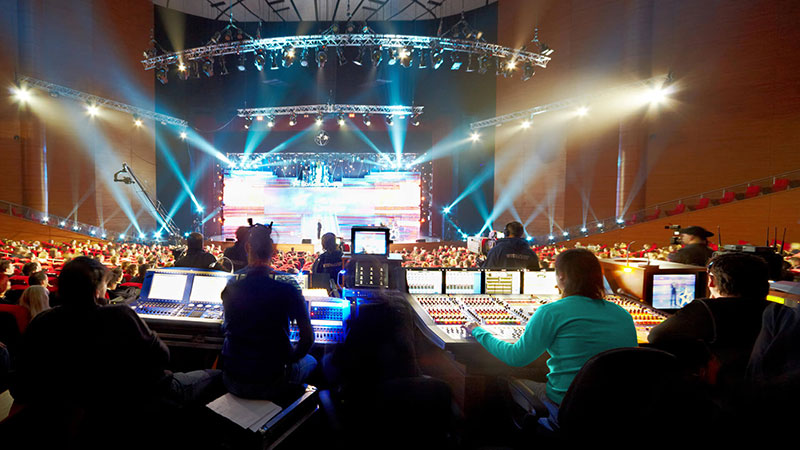
Jan Helgesen, Head of Product and Solutions at Nevion said, “Broadcasters, media companies, production houses, e-sport companies and telecom service providers all use Virtuoso to transport critical signals between locations, sometimes many thousands of kilometers apart. Now, due to Sony’s development in H.265/HEVC compression, they will have access to further choices when they want to select the most appropriate codec for their application.
“Making versatility available to organisations, on the fly, is what Virtuoso is all about. The H.265/HEVC capability extends our compression capability for bandwidth constrained environments without compromising on quality or latency.”
Virtuoso’s new HEVC capabilities will be demonstrated on the Sony booth at IBC 2024 in Amsterdam, 13-16 September. nevion.com




